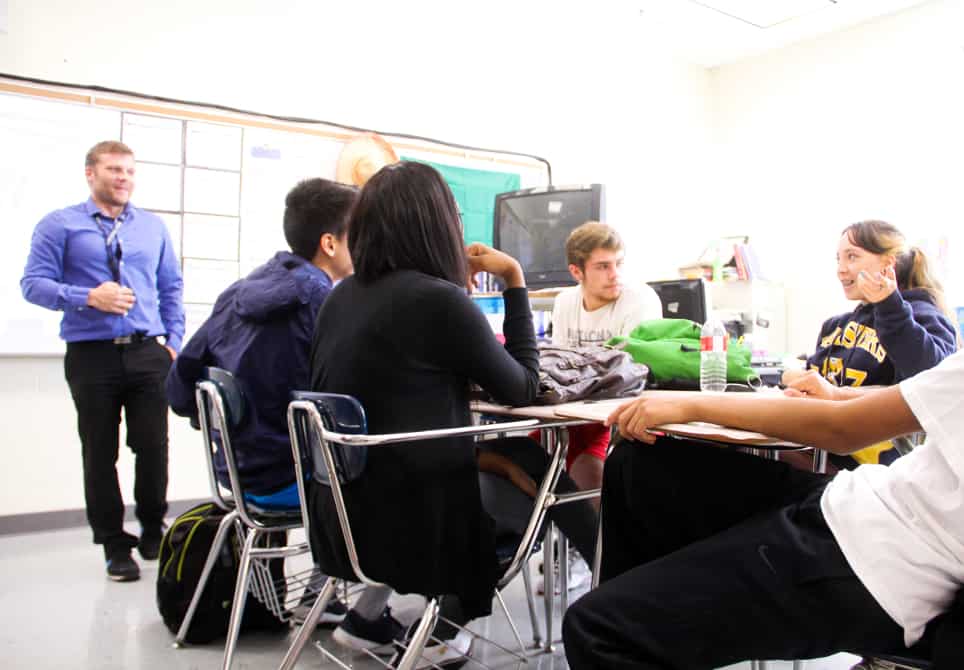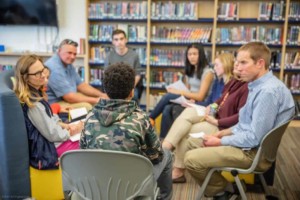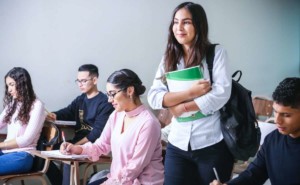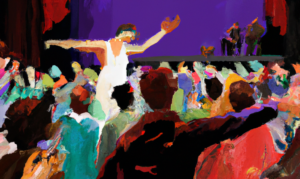Modeling Mistakes and Creating Trust in the Classroom

Meriwynn Mansori, Manager of Instructional Services at VIF and Former Language Teacher
All learning, for both students and teachers, involves frustration and mistakes along the way.
Take language learning, for example. As a student, I had the mortifying experience of repeating to a Spanish-speaking friend that I was “un poquito embarazada” about my mediocre language abilities. Relying on English/Spanish cognates, I tried to convey that I was “a little embarrassed” about my Spanish. Rather, I said that I was “a little bit pregnant.”
As a former Spanish teacher, I often shared this excruciating story with students. Why? I needed them to know I made mistakes while learning — really big ones — and lived to tell about it. Did I learn the correct way to express my embarrassment? Absolutely. Did new mistakes help me continue to improve? Of course.
Teaching is tricky. Teachers are expected to model the behaviors and dispositions of effective learning, and at the same time, need to show up as masters of the content they teach. This requirement makes the words “I don’t know” painful to utter. In a world of high-stakes testing that offers students four options in a multiple-choice format, there’s little room for error. Yet, we know that real-world problems rarely, if ever, present themselves as four choices with only one correct answer.
If we want to create resilient, capable, problem-solving students, we need to allow them to make mistakes that encourage them to learn and grow. Students learn best when their affective filter is low. When mistake-making is perceived as bad, it is detrimental to learning.
The same holds for teachers.
We must allow teachers to model learning through trial and error.
When we create professional learning experiences that reward teacher risk-taking, we’re creating an environment of trust, which means encouraging teachers to continually re-new their practice through experimentation, failure and iteration.
This post is part of a blog series titled “Professional Development: Learning Through Collaboration” produced in partnership with VIF International Education (@vifglobaled). Join the conversation on Twitter using #collaborativePD. For more, check out Professional Development: Learning Through Collaboration and:
- Recognizing Remarkable Teacher Accomplishments
- Putting Empowerment into Practice
- When Professional Development is Just an Experience
- Giving Teachers The Freedom To Fail
- What Does Effective Educator PD Look Like?
- 8 New Ingredients for Innovative Professional Development
- A New Model for Professional Development
Meriwynn Mansori is the Manager of Curriculum at VIF International Education. Follow her on Twitter: @Meriwynn.
Stay in-the-know with all things EdTech and innovations in learning by signing up to receive the weekly Smart Update. This post includes mentions of a Getting Smart partner. For a full list of partners, affiliate organizations and all other disclosures please see our Partner page.







Claudia Morales
To err is human, but to rise and carry on is what we must teach our students. Everybody can make mistakes, but what you learn from them is what matters.